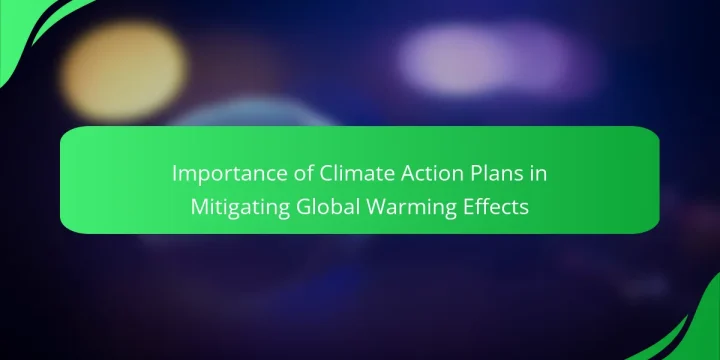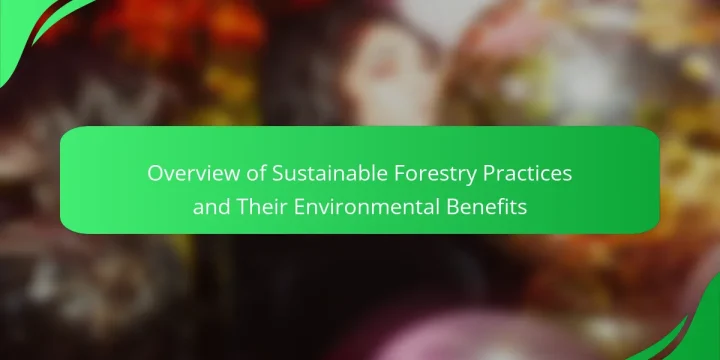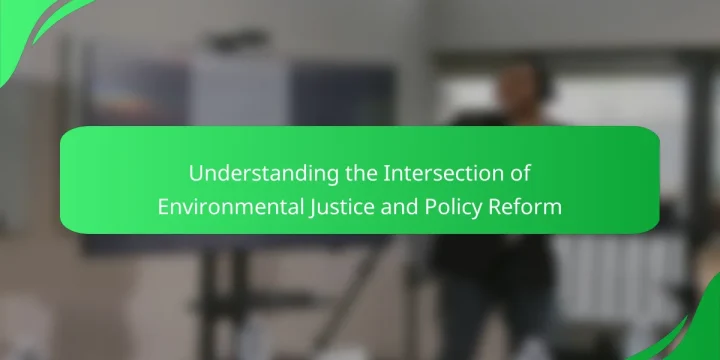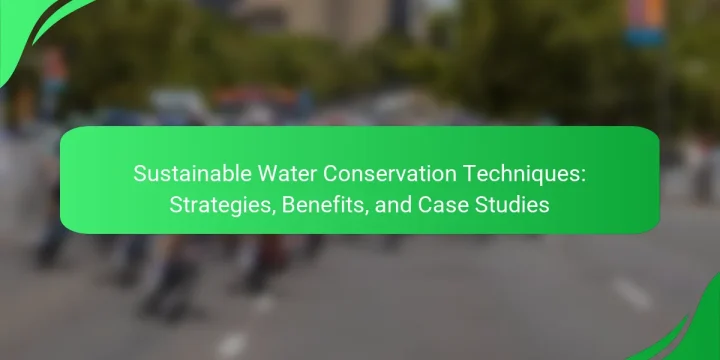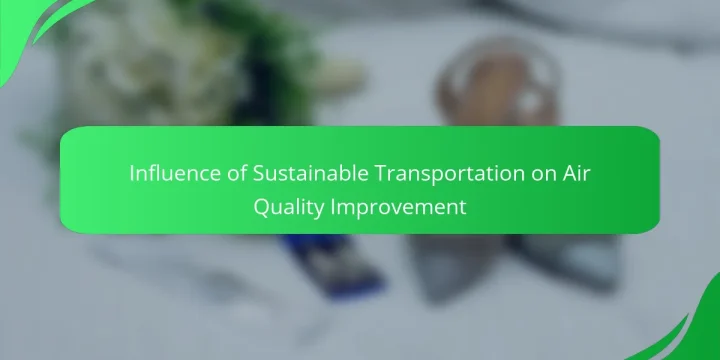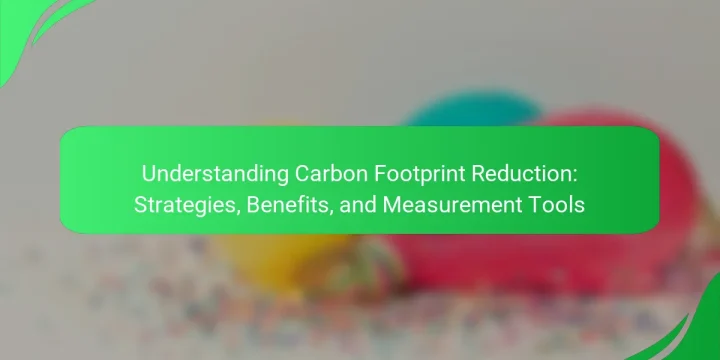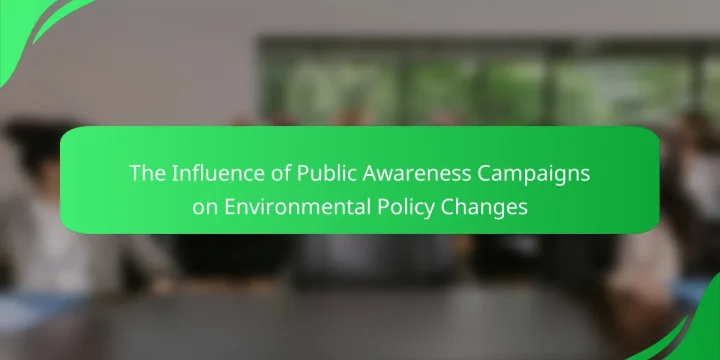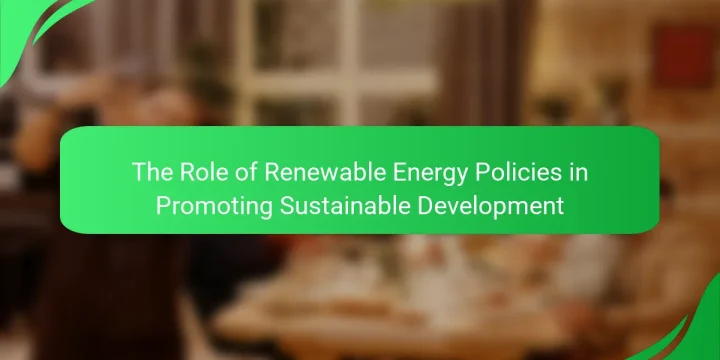
Renewable energy policies are essential regulations and guidelines that facilitate the development and utilization of renewable energy sources, aiming to decrease reliance on fossil fuels and lower greenhouse gas emissions. These policies encompass various incentives such as tax credits, subsidies, and grants, while also establishing generation targets and energy efficiency standards. The article explores the types of renewable energy policies, including feed-in tariffs and renewable portfolio standards, and discusses the challenges and opportunities associated with their implementation. Evidence indicates that strong renewable energy policies can lead to significant job creation and advancements in energy technology, underscoring their critical role in fostering sustainable development and enhancing energy security. What are Renewable Energy Policies and their Importance? Renewable energy policies are regulations and guidelines that promote the development and use of renewable…

